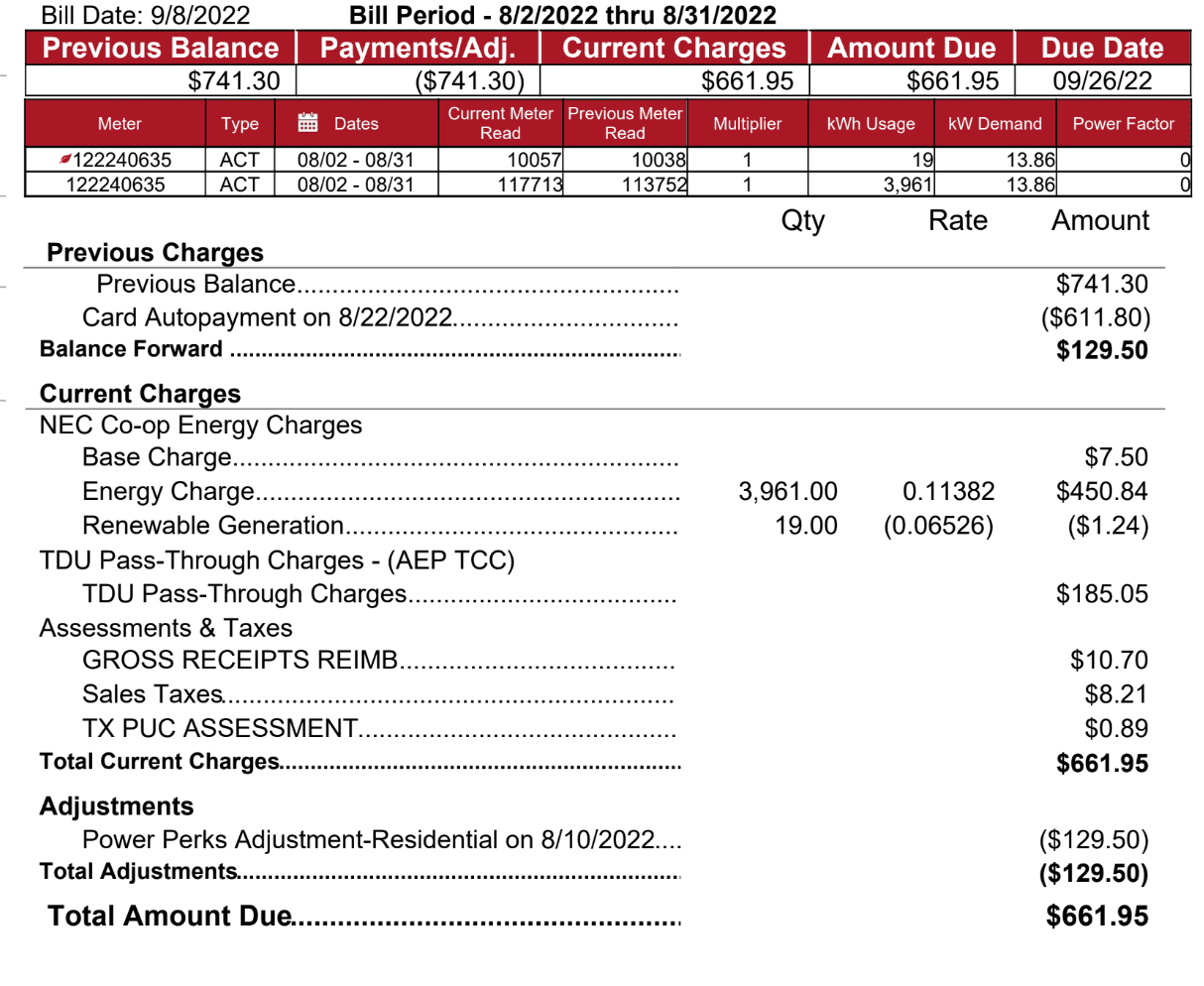ridgebackpilot
Well-known member
- First Name
- Michael
- Joined
- Aug 7, 2022
- Threads
- 8
- Messages
- 96
- Reaction score
- 102
- Location
- Monterey Peninsula, California
- Vehicles
- 2022 Lightning Lariat ER, 2022 Mustang Mach-E GTPE
- Occupation
- Conservationist
- Thread starter
- #1
Having just expanded my Sun Power rooftop solar array and added a third Tesla Powerwall battery to my house, I'm trying to figure out the optimal charging plan for my three EVs (Lightning and two Mustang Mach-Es).
Previously, with 20 solar panels producing 6 kW maximum, I wasn't able to charge my EVs solely by sun power. So I usually charged at night to take advantage of off-peak electric rates from the grid. But now that I have 36 panels making over 11 kW maximum, I'm able to power my Level 2 charger solely by the solar array during midday.
Obviously, I save money by charging my Lightning and other EVs with solar power as opposed to charging them from the grid. However, the nuances are important in this calculation: It costs me $0.076/kWH for power from the grid during off-peak hours in winter. But when I send solar power back to the grid, I'm only paid $0.047/kWH no matter the time of day.
By my calculation, I'm nearly 3 cents/kWH better off charging my cars with solar power than sending that surplus solar energy back to the grid.
These days, my daily regime is: The Powerwalls are set to "Self-Powered" so that they provide power for my home at night or anytime the solar array isn't producing enough. When the sun comes up each morning, I wait until the solar array charges my Powerwalls to 100 percent. As soon as that happens, I plug in an EV and allow it to charge using solar power. By 3 pm when the sun starts to go down and peak grid rates begin, I program my EVs to cease charging. When the sun sets, the Powerwalls take over and power my home.
With 36 solar panels, I'm essentially off-grid for the summer months, including charging my EVs. During winter when the solar array produces only about one-fourth of the power it does in the summer, I'll obviously have to rely more on the grid for charging during off-peak hours.
For those of you with rooftop solar arrays, I'm curious how my experience compares to yours. What is your daily routine? And what tricks and practices do you use to maximize the interplay between your solar array, battery storage, grid power, and EV charging?
Previously, with 20 solar panels producing 6 kW maximum, I wasn't able to charge my EVs solely by sun power. So I usually charged at night to take advantage of off-peak electric rates from the grid. But now that I have 36 panels making over 11 kW maximum, I'm able to power my Level 2 charger solely by the solar array during midday.
Obviously, I save money by charging my Lightning and other EVs with solar power as opposed to charging them from the grid. However, the nuances are important in this calculation: It costs me $0.076/kWH for power from the grid during off-peak hours in winter. But when I send solar power back to the grid, I'm only paid $0.047/kWH no matter the time of day.
By my calculation, I'm nearly 3 cents/kWH better off charging my cars with solar power than sending that surplus solar energy back to the grid.
These days, my daily regime is: The Powerwalls are set to "Self-Powered" so that they provide power for my home at night or anytime the solar array isn't producing enough. When the sun comes up each morning, I wait until the solar array charges my Powerwalls to 100 percent. As soon as that happens, I plug in an EV and allow it to charge using solar power. By 3 pm when the sun starts to go down and peak grid rates begin, I program my EVs to cease charging. When the sun sets, the Powerwalls take over and power my home.
With 36 solar panels, I'm essentially off-grid for the summer months, including charging my EVs. During winter when the solar array produces only about one-fourth of the power it does in the summer, I'll obviously have to rely more on the grid for charging during off-peak hours.
For those of you with rooftop solar arrays, I'm curious how my experience compares to yours. What is your daily routine? And what tricks and practices do you use to maximize the interplay between your solar array, battery storage, grid power, and EV charging?
Sponsored
Last edited:





